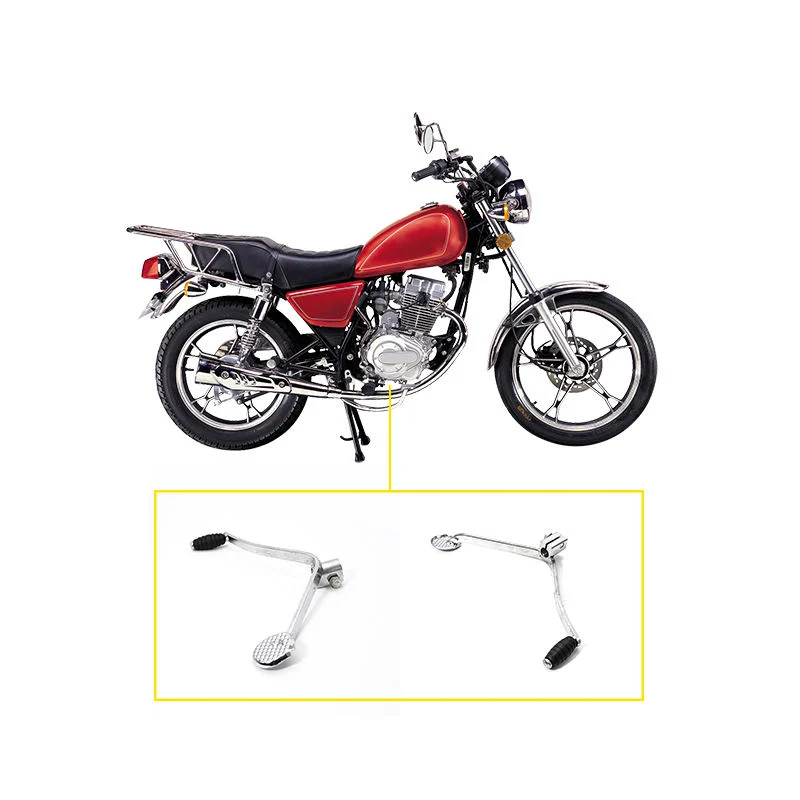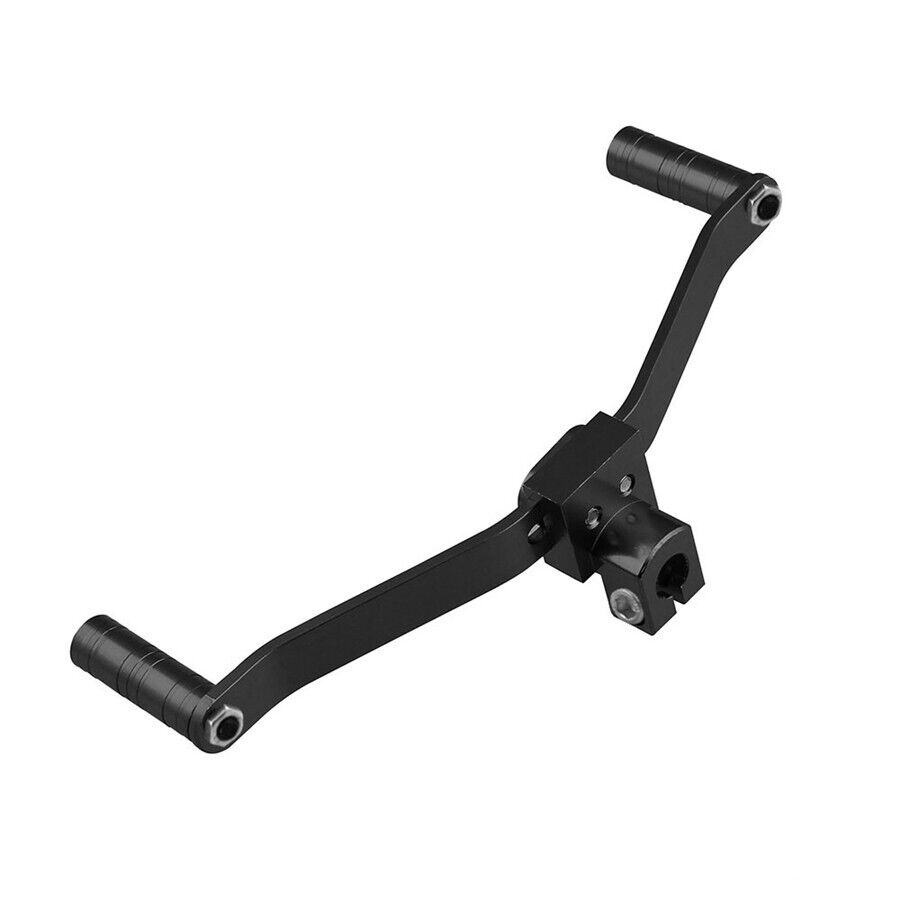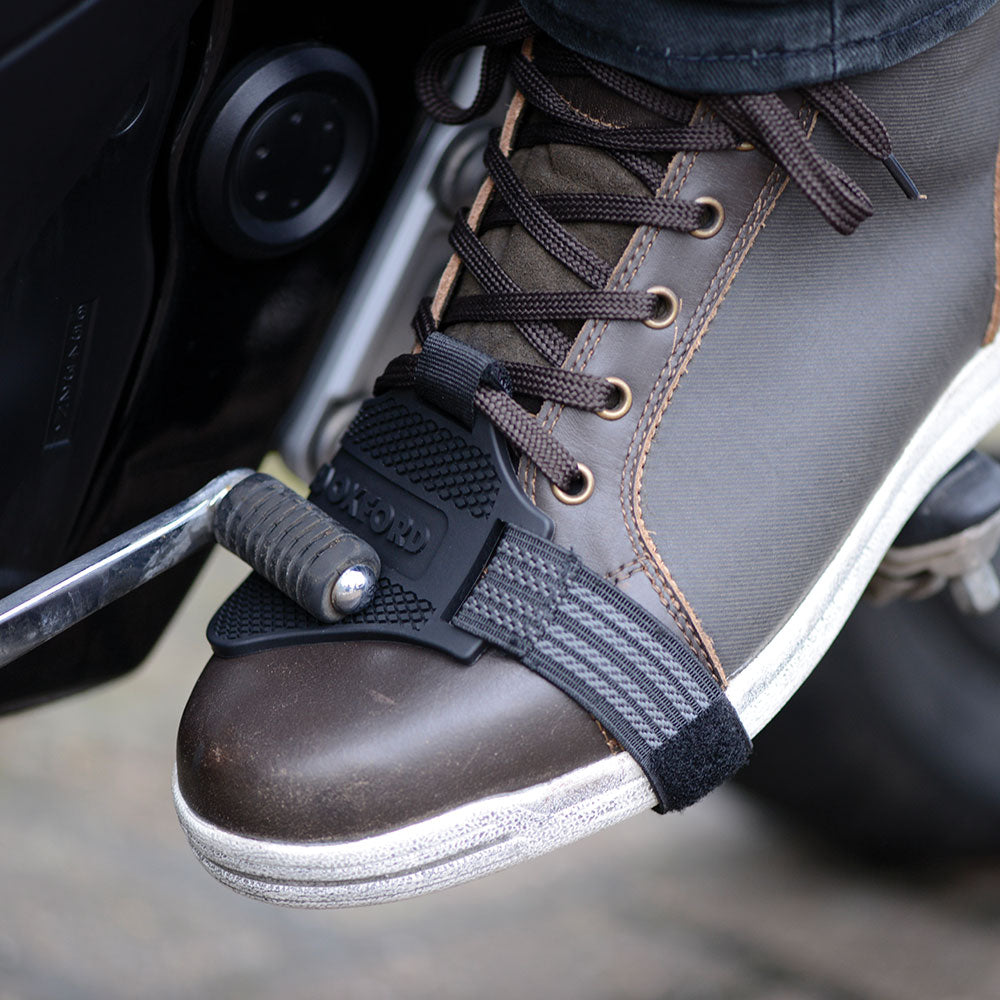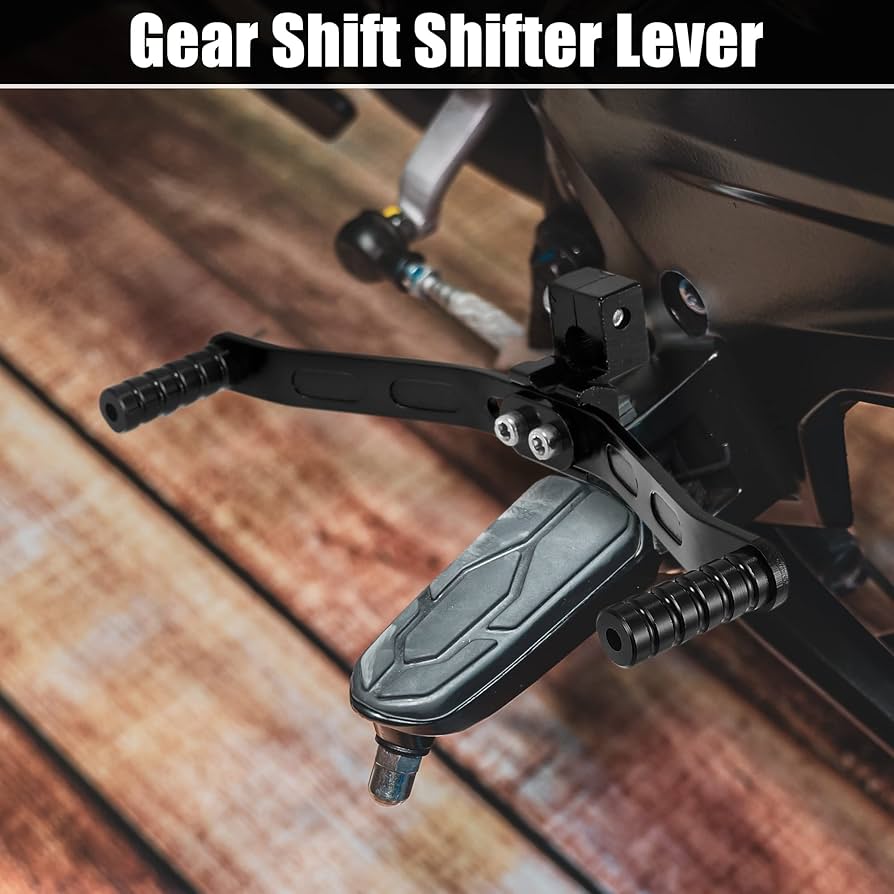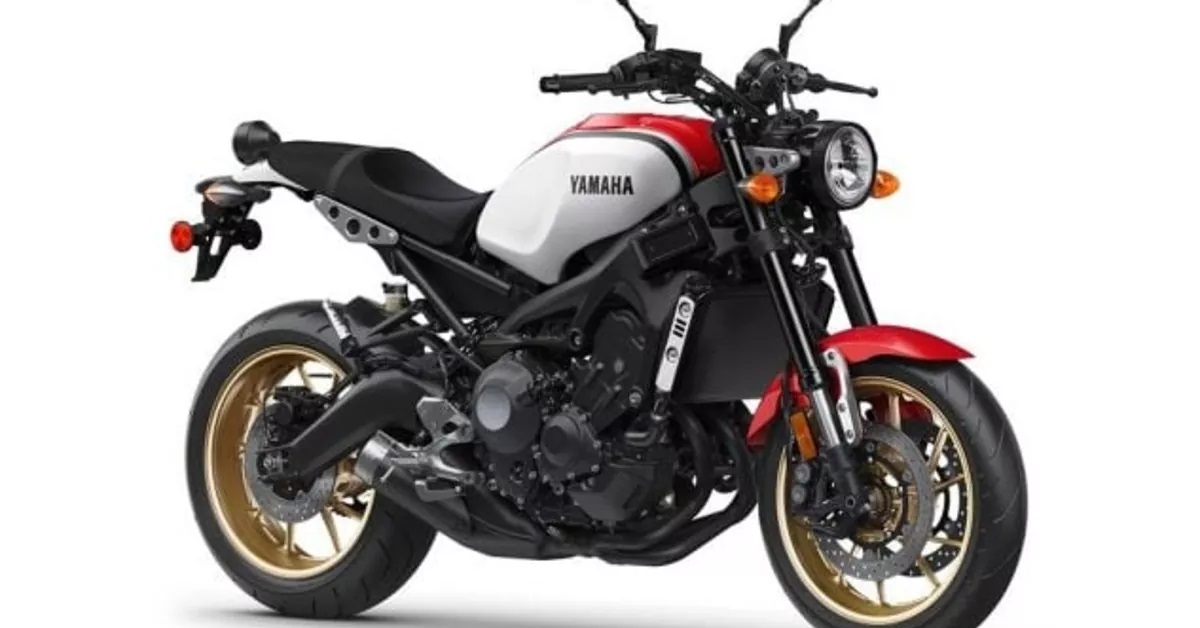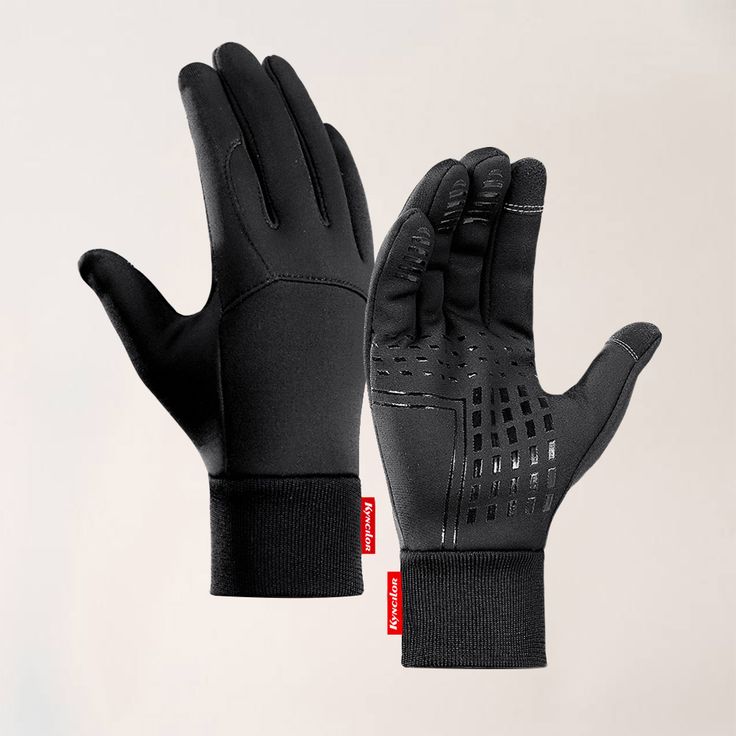Riding a motorcycle offers a unique sense of freedom and adventure. Shifting gears is fundamental to this experience. Learning how to shift a motorcycle properly ensures a smooth and safe ride. This guide covers everything from basics to advanced techniques in motorcycle shifting.
Learning how to shift a motorcycle begins with understanding the basics. Shifting gears is crucial for engine efficiency. It helps manage speed and control. The process is different from driving a car. Instead of a single transmission, motorcycles typically have a sequential gearbox.
You find one downshift for the first gear and upwards for subsequent gears. It’s crucial to know your motorcycle’s gear pattern. Understanding the clutch lever’s role is also vital. You disengage the engine from the transmission with the clutch. This action allows you to change gears smoothly. As you begin to ride, start by familiarizing yourself with these basic concepts.
Getting Comfortable with the Controls
Knowing your motorcycle’s controls is foundational. The clutch lever is on the left handlebar. The gear shift lever is near your left foot. The throttle, which controls speed, is on the right handlebar. The brake lever works in tandem with the shifting mechanism. It is essential to understand these controls thoroughly.
Before starting to ride, practice operating these controls while the bike is stationary. Twist the throttle gently. Depress and release the clutch lever. Slide your foot over the gear shift lever. Feel the resistance and movement. This helps build muscle memory, making you more comfortable. Your confidence will boost once you know the controls well.
Practicing Neutral Position
Finding the neutral position is another essential step. The neutral gear lies between the first and second gears. It’s crucial for starting the engine and idling. To find neutral, gently tap the gear shift lever up from the first gear. Alternatively, tap it down from the second gear.
Many motorcycles have a neutral indicator light. This light on the dashboard shows when you are in neutral. Practice finding neutral often. It will become second nature over time. A good command over neutral ensures smoother starts and stops. This minor detail makes a big difference in riding comfort and control.
Step-by-Step Guide to Shifting Gears
After understanding the basics, you need a step-by-step guide to shifting gears. This section will cover each step in detail.
Start with the Engine On
Begin by turning the key in the ignition and switching on the engine. Make sure the bike is in neutral. Some motorcycles won’t start unless the clutch lever is pulled in. If this is your case, pull in the clutch lever and start the engine. Allow the engine to warm up for a few minutes.
While the engine warms up, keep the clutch lever pulled in. This engages the transmission smoothly. Releasing the clutch too fast can cause the bike to jerk forward. Once the engine is warm, you are ready to start shifting gears. This warm-up phase is crucial for engine longevity and optimal performance.
Engaging First Gear
To engage the first gear, pull in the clutch lever fully. Then press down on the gear shift lever with your left foot. You will feel it click into place. Release the clutch lever slowly while simultaneously rolling on the throttle. This synchronized action propels the motorcycle forward.
Be gentle with the throttle to avoid a jerky start. Maintain a balanced throttle and clutch control. Practice this motion several times. It helps you develop a feel for the biting point of the clutch. A smooth transition into the first gear lays the foundation for subsequent gear shifts. This step is crucial for new riders to master.
Shifting Up Through the Gears
Once you are comfortable with the first gear, shifting to higher gears becomes easier. To shift up, pull in the clutch lever. Next, roll off the throttle and move the gear shift lever up with your left foot. You should feel or hear a click indicating you are in the next gear. Gradually release the clutch lever and roll on the throttle.
Repeat this process for each subsequent gear. The transition should be seamless. Each gear allows the engine more room to breathe at higher speeds. Keep practicing this to gain fluidity in your shifts. Remember, the smoother the transitions, the better your riding experience.
Downshifting: Slowing Down and Stopping
Downshifting is equally important for slowing down. Pull the clutch lever in. Then roll off the throttle and shift down by pressing the gear shift lever down. Release the clutch lever smoothly and roll on the throttle to match the engine speed with the lower gear.
Downshifting helps in engine braking and reduces wear on the brake pads. It also prepares you to accelerate quickly if needed. Practice downshifting in controlled environments first. This helps you gain confidence. Mastering downshifting ensures better control and longer vehicle lifespan.
Advanced Shifting Techniques
Once you’re comfortable with basic shifting, there are advanced techniques to learn. These methods improve efficiency and performance. They also make riding more enjoyable.
Rev-Matching: Synchronizing Engine Speed
Rev-matching makes gear transitions smoother. It’s helpful, especially during downshifts. Start by pulling in the clutch lever. Then blip the throttle to increase engine RPM. Shift down a gear and release the clutch lever. The RPM should match the new gear.
Rev-matching minimizes stress on the clutch and transmission. It ensures smooth power delivery. This technique requires practice. Start slow, feel the engine, and notice the RPM changes. Over time, it will enhance your riding experience. Accurate rev-matching improves both speed and safety.
Speed Shifting: Quick Transitions
Speed shifting involves changing gears quickly without using the clutch. It’s an advanced technique suitable for high-performance riding. To perform a speed shift, roll off the throttle slightly. Then quickly upshift using the gear shift lever and immediately roll back on the throttle.
Speed shifting reduces the time lost in traditional shifts. It’s crucial in racing and high-speed scenarios. However, it can wear out your transmission faster. Master the basics before trying speed shifting. Always practice in safe environments. This ensures you can handle the bike’s sudden responses.
Common Mistakes and How to Avoid Them
Learning how to shift a motorcycle involves some common mistakes. Understanding them helps you avoid setbacks and ensures a better learning curve.
Overusing the Clutch
One frequent mistake is overusing the clutch. Holding the clutch lever too long can wear it out faster. Also, resting your foot on the gear shift lever can cause unintended shifts. Both actions lead to jerky rides and mechanical wear.
To avoid this, use the clutch lever only when needed. Practice smooth and precise movements. Release the clutch lever as soon as you complete the shift. Avoid resting your foot on the gear shift lever. These small habits make a significant difference over time.
Improper Throttle Control
Another common mistake is improper throttle control. Quick, abrupt movements can throw off balance and control. Jerky throttle actions can make the bike stall or surge unexpectedly. This is especially problematic for new riders.
To maintain proper throttle control, practice gentle, smooth actions. Roll the throttle on and off gradually. This helps maintain balance and keeps the ride smooth. Slow practice sessions help you develop this skill. Over time, it becomes instinctive and enhances overall control.
Conclusion
Mastering motorcycle shifting is a blend of technique, practice, and intuition. Start by familiarizing yourself with the basics. Understand your motorcycle’s controls and practice finding neutral. Move on to a step-by-step guide for shifting gears.
Once comfortable, you can explore advanced techniques like rev-matching and speed shifting. They add to the excitement and proficiency of riding. Be aware of common mistakes like overusing the clutch and improper throttle control. Correcting these ensures a smoother learning curve.
Ultimately, consistent practice leads to improvement. A skilled rider is more than someone who can shift gears. It’s about synchronization, balance, and smooth transitions. This guide aims to layout comprehensive steps of how to shift a motorcycle. Enjoy your ride and always prioritize safety.
